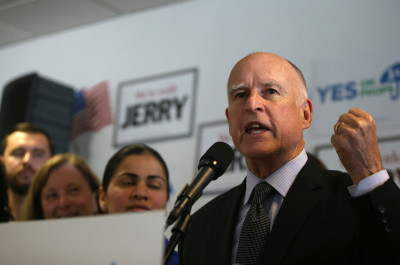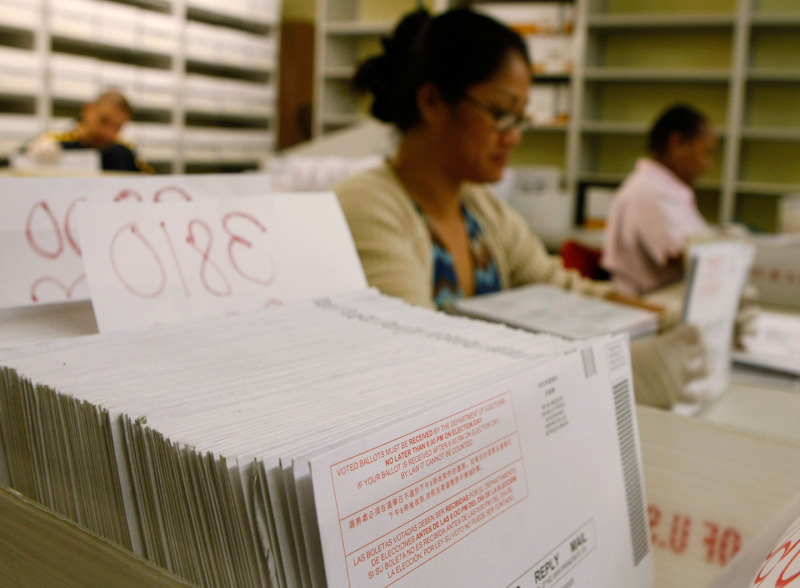It's sobering to consider how many things have changed since the last time so few votes were cast in the race for governor of California: The state's population was 40 percent smaller. Donna Summer had the No. 1 song on the charts. Jerry Brown handily won re-election as governor.
Actually, that last one is pretty much the same as it was 36 years ago, which brings us back to the reality of what happened on Nov. 4.
The final tally from elections officials is that 7,317,581 votes were cast in the two-man race between Brown and GOP challenger Neel Kashkari. Brown won 60 percent of those votes, the most lopsided gubernatorial contest since 1986. It was also, it seems, the least inspiring in more than a generation.
State elections data show last month's gubernatorial election saw fewer votes cast than in the previous eight quadrennial contests. Only 1978's race between Brown and Republican Evelle Younger saw fewer total votes cast (6,922,378) than did 2014.

This year's race for governor, of course, was only part of a much larger gloomy headline: the lowest turnout for any California gubernatorial election in history -- ballots cast by just 42.2 percent of the state's 17.8 million registered voters.
